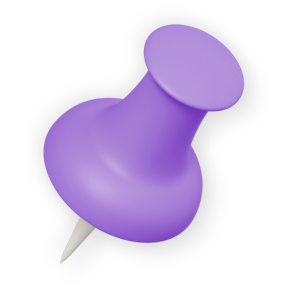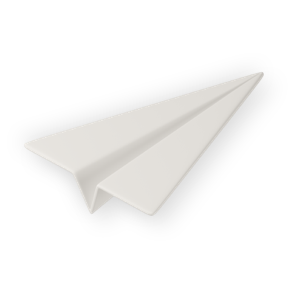Fashion designer
Design the popular clothes sold in high street shops or make the glamorous creations worn by actors, pop stars and celebrities.
Also known as: clothes designer

About the job
Salary
Source: National Careers Service
Weekly
£385
Entry level
£769
Experienced
Monthly
£1,667
Entry level
£3,333
Experienced
Yearly
£20,000
Entry level
£40,000
Experienced
4,100
people are currently employed
High growth
200 more jobs in 5 years
These figures refer to this job and similar ones with comparable skills and qualifications. They only apply to Scotland. Source: Oxford Economics
What it's like
You would design clothes and fashion ranges. You could design the popular clothes sold in high street shops. Or you could make the glamorous and expensive creations worn by actors, pop stars and celebrities.
You might specialise in particular types of clothing - for example in men’s, children’s or sportswear.
You’d design the items using your drawing skills and computer-aided design software. To make prototypes of your designs you will need to develop technical skills such as pattern cutting and sewing.
You would:
Work to design instructions – known as a brief
Analyse or predict trends in fabrics, colours and shapes
Produce concept and mood boards with photos, fabric pieces and colour samples
Develop basic shapes – known as 'blocks' – through patterns
Estimate costs of materials and manufacturing
Find suppliers for materials
Supervise the creation of sample clothing items
Give in-house presentations, for example to finance departments and merchandisers
You would often work closely with garment technologists and sample machinists.
You’d need to be interested in fashion and be able to spot trends. You’d need to have a good eye for colour and shape and appreciate the characteristics of fabrics and textiles.
It would be important to understand production processes and be commercially aware so you know how clothes will produced and whether they will sell.
You might liaise with manufacturers, often based overseas, to make sure that designs are reproduced accurately.

Hours

Environment

Travel
Explore more information about this job
Here are some useful links to learn more about this career:
Other careers that you might like
Costume designer Furniture designer Interior designer Jewellery designer Product designer Set designer Textile designer
Related industries
Many jobs can be done in lots of different industries. We've highlighted the ones we think are most important for this job.
Creative
Top skills
Skills are things you're good at. Whether you know what yours are or not, everyone has them!
It's useful to learn which ones are important in a job so you know the areas you need to brush up on. It can also help you work out if you're suited to a career.
Here are some of the skills you'll need to do this job:
- time management
- managing resources
- attention to detail
- problem solving
- innovative
- designing
- creative
- cooperating
- building relationships

Your skills are important
Our unique skillsets are what make us stand out from the crowd. Learn about each skill in depth and discover what employers look for in your applications and interviews.
Getting in
Explore the sections shown for more information about getting into this career.
You might have qualifications which are not shown here but will allow you access to a course. You can compare your qualifications by looking at their SCQF Level. For more information about this, check out the SCQF website.
Always contact the college, university or training provider to check exactly what you'll need.
Colleges and universities will list subjects you'll need for entry to a course. Some useful subjects include:
Art and Design
Design and Manufacture
Fashion and Textile Technology
Skills for Work: Creative Industries
Skills for Work: Textiles Industry
Employers often require a Higher National Certificate (SCQF level 7), Higher National Diploma (SCQF level 8) or degree (SCQF level 9/10) preferably in a design-centred subject.
You can enter Higher National Certificate (SCQF level 7) courses with National 5 qualifications and one Higher or a relevant NC/NQ/BTEC.
To enter a Higher National Diploma courses (SCQF level 8) you will need National 5 qualifications and one to two Highers or a relevant NC/NQ/BTEC or HNC.
To enter a degree (SCQF level 9/10) you will require a minimum of four Highers or a relevant HND qualification.
Qualifications that show creative skills and industry knowledge such as Skills for Work Creative Industries (SCFQ level 5) or relevant work-based qualifications such as a Scottish Vocational Qualifications in Fashion and Textiles (SCQF level 2/3).
A portfolio of your work when applying to courses or jobs.
Explore over 22,000 courses in Scotland
Find the perfect course to boost your career.
